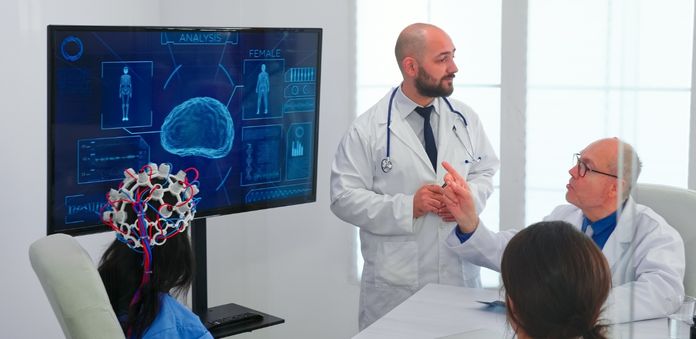Coordination Training for Neuro Patients
Regaining smooth, controlled movement after neurological injury
Neurological conditions such as stroke, traumatic brain injury, or Parkinson’s disease can disrupt coordination, making everyday tasks like reaching, walking, or grasping objects challenging. Coordination training is a key part of neuro rehabilitation, helping patients regain balance, precision, and confidence in movement.
Why Coordination Training Matters
Coordination is the brain and body working together to produce smooth, purposeful movements. Neurological injuries can interfere with this process, leading to:
Jerky or delayed movements
Poor balance and risk of falls
Difficulty performing daily tasks
Fatigue due to inefficient movement
Targeted coordination exercises help retrain the nervous system, rebuild neural pathways, and reduce compensatory movement patterns.
How We Train Coordination
Our therapists design programs that may include:
Hand-eye and foot-eye exercises – tossing balls, target tapping, stepping to visual cues
Balance and gait drills – stepping over obstacles, side-stepping, walking on uneven surfaces
Functional tasks – pouring water, reaching for objects, manipulating utensils
Dual-task training – combining cognitive challenges with movement to simulate real-life tasks
Sensory feedback techniques – using visual, tactile, or rhythmic cues to improve precision
Benefits of Coordination Training
Restores smooth and controlled movements
Improves balance and reduces fall risk
Enhances independence in daily activities
Encourages neuroplasticity for faster recovery
Builds confidence and quality of life


